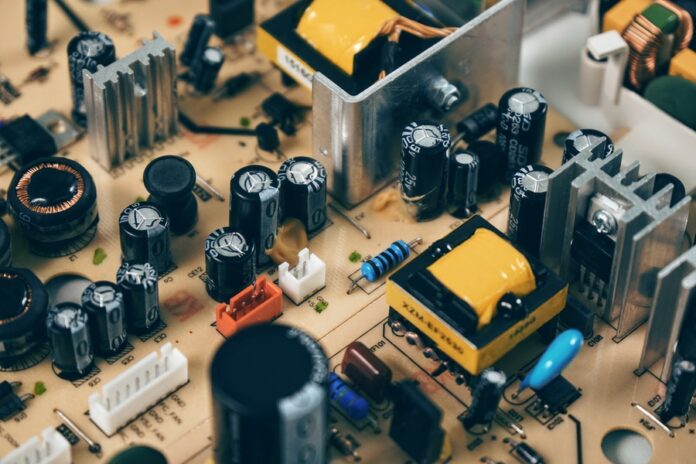Whether you’re a student or a seasoned programmer, electronics provides endless opportunities. With young professionals advising that learning to code will change your life, there’s no doubt that choosing to study computing helps to pave the way to successful careers in the industry.
In this guide, we’ll briefly cover the importance of studying electronics and development before sharing some tips to speed you up if you can’t wait to get started.
Why is electronics so important?
Electronics plays an enormous role in our daily lives. Even though technology is now so advanced that some computers can write their own code, electricians and programmers play a vital role in modern society.
With the ability to read, program, solder and build circuits, you’ll hold a unique perspective on the current direction of technology and the future of its development.
How can I learn electronics fast?
Here’s our top five simple steps to speedy programming:
Learn how electricity works
Before getting started with any type of electronics, it’s best to understand how electricity works. Knowing the difference between volts, amps, and ohms could be your first step. If those terms sound unfamiliar, here’s a breakdown:
- Voltage: the amount of energy flowing through a system
- Amps, or current: the rate at which energy flows
- Watts: measurement of power delivered to an endpoint
- Ohms: rate of resistance
Understand the basics of circuitry
Once you’ve mastered the basics of how electricity works, that knowledge can be applied to circuits. Start with the closed loop: without one, your circuit won’t work – so you’ll need to understand it before moving on.
In a closed loop, electrons flow from a positive charge to a negative charge. Their movement generates electricity, enabling us to utilise electronics. A closed loop forms a connection between the two terminals.
Experiment!
Learning through trial and error is one of the most effective ways to get a solid grasp on electricity. Plus, playing and experimenting with your new gadgets makes the process a lot more enjoyable. We recommend making diagrams online or using pocket-sized coding gadgets to test out new projects.
Build your own working circuit
Using a breadboard, try to make a small circuit that can power an LED bulb. If you cast your mind back far enough, you might even remember doing this in science lessons at school!
Design a working circuit board
To build your own circuit board, you’ll need to download a program to draw schematics and convert them to a board format. You’ll be able to print the plan to make sure it fits in your housing unit before getting final approval from the manufacturer.
If you’re up for the challenge, your persistence will pay off!






















